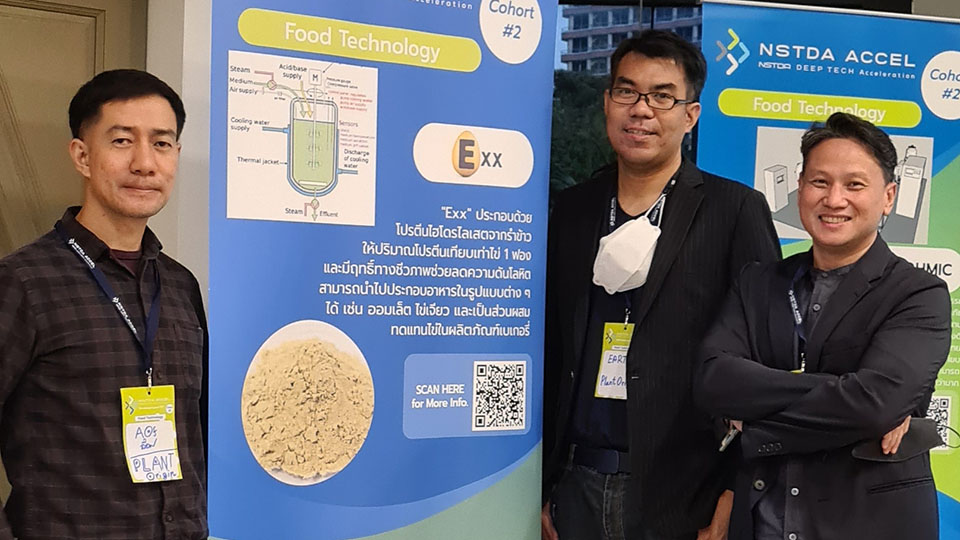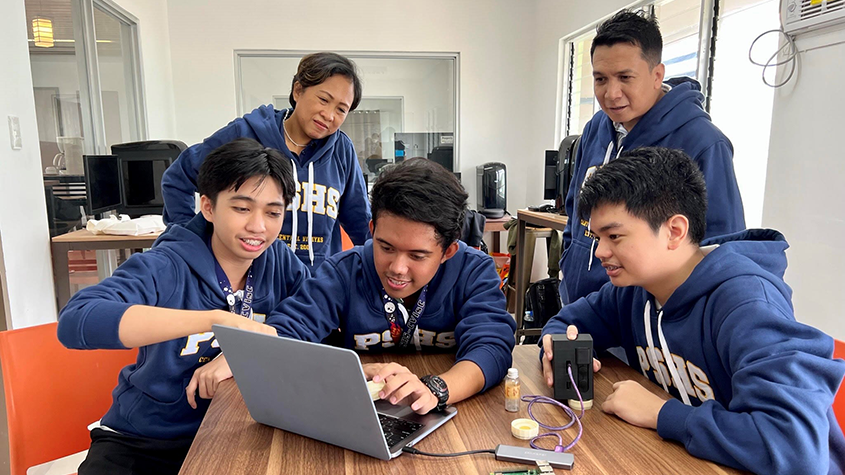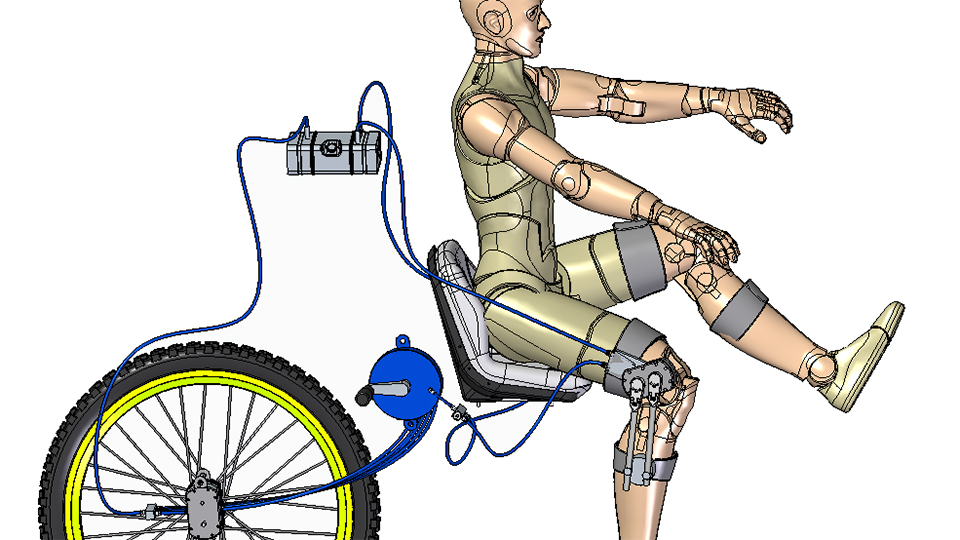Harnessing the Power of Beneficial Microorganisms to Support Aquaculture in Viet Nam
Vietnam is ranked as the world’s fourth-largest aquaculture producer. Researcher Dr. Hoàng Phuong Hà at the Vietnam Academy of Science and Technology (VAST) is working tirelessly to provide shrimp and fish producers with products that will help them improve the health of their ponds and production.

Hà is Deputy Head of the Environmental Bioremediation Laboratory at the VAST Institute of Biotechnology. As a child, Ha loved mathematics, physics, and chemistry. However, her interest in environmental issues pushed her to study at the Faculty of Biology at Hanoi University of Science.
In 1996, shortly after joining the Institute of Biotechnology, she started working on microorganisms. Her research focused on a group of microorganisms, such as bacteria, with beneficial action on the water quality and the general health of shrimp and fish in aquaculture.
According to sources, one of the issues in aquaculture is water quality. Aquatic animals, such as fish and shrimp, excrete ammonium, which stays in the pond.
Nitrification and Denitrification in Shrimp Farming
One of Ha’s innovations is a “nitrification–denitrification bioproduct,” a product that can treat inorganic nitrogen-contained water with autotrophic bacteria. The bacteria convert toxic inorganic nitrogen compounds into much less harmful compounds. They can resist elevated temperature or changes in pH. Fish and shrimp farmers can use the product in their ponds.
Her product is commercialized through service contracts and has been applied in several provinces, Ha said, adding that the results show a drop in toxic nitrogen content, increasing the survival rate of shrimp to 20%.
Shrimp Feed Supplement
Another innovation is “Symbiotic-like preparation,” an industrial shrimp feed supplement processed from soybean and probiotics bacteria. This innovation involves bacteria that secrete digestive enzymes that can inhibit the growth of pathogenic bacteria, thus protecting the shrimp against infectious diseases. It also increases the nutritional value of the food, resulting in healthier, stronger, and larger shrimp. Hà uses soybean meal, an agricultural by-product, to support the growth of those beneficial bacteria. The end product is a powder shrimp producers mix with regular feed with a 5 to 10 gr per kilogram ratio.

Hà also invented a way to add high biofilm-forming bacteria to her aquatic feed supplement. The biofilm secreted by beneficial bacteria helps them tolerate adverse environmental conditions. It facilitates the bacteria’s adherence to the host’s intestinal wall, protects the host against pathogens, and enhances digestion efficiency, leading to more robust and healthier specimens.
Hà’s inventions are patented, and she transfers her technology through service contracts, but they are not yet commercialized as they are in a pilot phase.
Both products are used by companies in the North, Central, and South of Vietnam, such as the Thuan Yen co-operative in Ho Chi Minh City, the Maya farm Joint stock company in Soc Trang Province, and some local shrimp farms in Thanh Hoa and Ha Phong.
Institute of Biotechnology of VAST, Leading Research Institute
According to Hà, the Institute of Biotechnology of VAST is a leading research institute in biotechnology in Viet Nam. The Institute, she said, has a large team of highly trained scientists on site and abroad in various fields of modern biotechnology.

The Institute has three main functions: research, transfer of technology, and training in the biotechnology field. Its main current focuses are protein, enzyme, and genetic technologies, microbiology, biotechnology, bionanotechnology, biomedical research, gene therapy, animal stem cell technology, plant cell technology, and the environment.
Of the 255 scientists working at the Institute, 140 are permanent.
New Areas of Research of the Institute of Biotechnology of VAST
According to Hà, within the next 5 to 10 years, the Institute of Biotechnology intends to expand its applied research on stem cells and gene therapy, microbe, conservation of genetic resources, DNA assessment, vaccine technology for animals and humans, fermentation technology, and genetic modification.
She said those efforts will serve the goal of applying biotechnology to help Viet Nam’s sustainable development.
Firm Reliance on Patents, Commercialization

VAST benefitted from the help of IP Viet Nam and WIPO, who raised her awareness of the importance of IP protection for research results. “Being aware of the importance of IP contributed to my success, and I am happy that my inventions can be applied to real life and bring happiness to people,” said Hà. In the future, Hà firmly intends to protect her future research results with patents.
Hà plans to commercialize her products so they have a broader application in Viet Nam’s aquaculture sector in the near future.
In the meantime, Hà is pursuing basic and applied research on the features and roles of beneficial microbial groups, such as combining beneficial bacteria with plant antibiotics or engineering multi-functional probiotics that can be added to aquatic animal feed.



